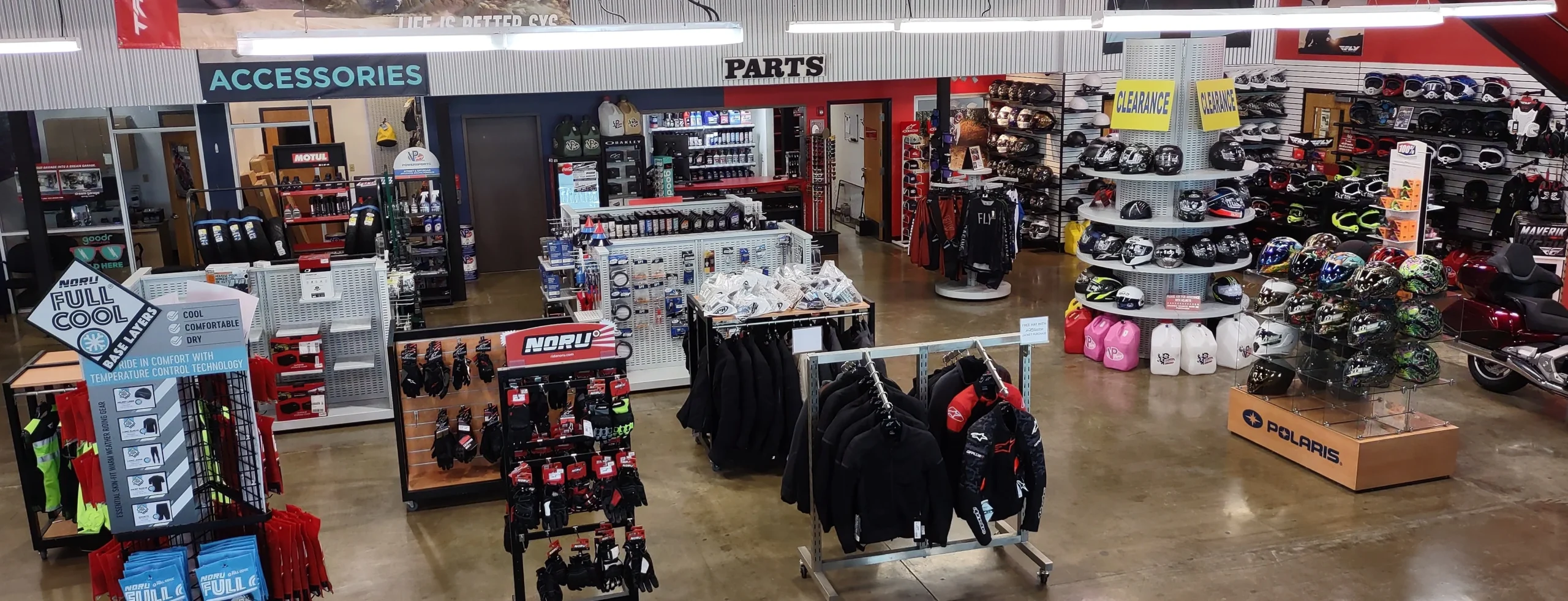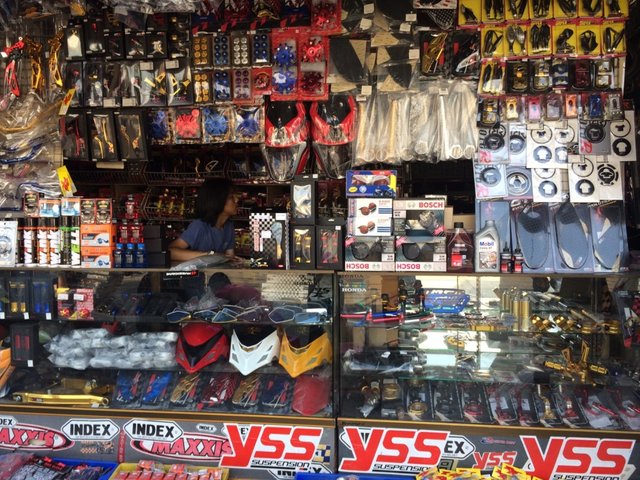Store the very best MX Parts NZ for Your High-Performance Bike
Store the very best MX Parts NZ for Your High-Performance Bike
Blog Article
Comprehending the Vital Parts of a Bike: A Comprehensive Guide for Lovers
For motorbike lovers aiming to elevate their riding experience and ensure their bikes run efficiently, recognizing the vital elements of a bike is paramount. Each element, from the engine's intricate workings to the essential function of the braking systems, not only impacts efficiency however likewise security and convenience. This guide will go through the basic components that every rider ought to know with, making it possible for notified options in both upkeep and possible upgrades. As we begin this exploration, one must ask: how does each element connect to develop the seamless adventure every enthusiast seeks?
Engine Components

The camshaft plays a crucial function in controlling the timing of the engine's valves, making certain the exact opening and closing needed for reliable gas and air consumption, along with exhaust expulsion. This timing is critical to maintaining optimum engine performance and efficiency. Additionally, the carburetor or gas injection system, depending upon the motorbike model, is accountable for mixing air with fuel in the appropriate proportion for burning.
The air conditioning system, either air or liquid-based, works to keep the engine's temperature within functional limits, avoiding overheating and ensuring longevity - mx parts nz. Each part, diligently developed and integrated, adds to the smooth procedure of the engine, specifying the motorcycle's power output and total performance
Transmission System
Indispensable to the bike's functionality, the transmission system makes certain reliable power transfer from the engine to the wheels. This system consists of several essential components, consisting of the clutch, gearbox, and last drive, each playing a vital role in translating the engine's power right into movement. The clutch, typically operated by a hand lever, serves to involve and disengage the engine from the transmission, permitting for smooth equipment adjustments and controlled acceleration.
The gearbox, frequently described as the transmission proper, consists of a collection of equipments that cyclists can by hand change with to change the bike's speed and torque output. These equipments are set up in a series that enables the motorbike to accelerate smoothly and preserve ideal engine efficiency across various speeds. Most motorbikes utilize a sequential transmission, calling for the motorcyclist to change gears in an established order.
Braking Devices
While recognizing the transmission system is crucial to harnessing a bike's power, equally essential is the capacity to regulate and stop that power efficiently, which is where stopping devices enter play. Brakes are crucial for safety and efficiency, supplying the biker with the required control to navigate numerous surfaces and problems. Usually, motorbikes include two sorts of stopping systems: disc brakes and drum brakes.
Disc brakes are much more common in modern-day bikes due to their exceptional efficiency. This system uses better warm dissipation, regular efficiency, and enhanced stopping power, especially in damp conditions.
On the other hand, drum brakes, though much less usual, are still located in some motorbikes. They work by pressing brake footwear Learn More versus the inner surface area of a drum attached to the wheel. While generally less efficient in warmth dissipation and stopping power, drum brakes are simpler and a lot more cost-efficient.
Understanding these braking systems' nuances enables motorcyclists to maintain their motorcycles correctly and value the design that makes certain reliable and risk-free stopping.
Suspension and Guiding
Suspension and steering systems are vital components that considerably influence a motorbike's handling and ride comfort. The shock absorber, containing forks at the front and shock absorbers at the rear, takes in roadway irregularities, boosting security and control. Front forks, inverted or typically telescopic, compress and rebound to alleviate impacts, while back shock absorbers preserve tire contact with the road, important for grip and safety and security.
Guiding, centered around the handlebars, attaches the biker to the bike's directional control. The guiding head bearings make certain smooth procedure, enabling accurate maneuverability. Proper alignment and maintenance of these bearings are critical for predictable guiding reaction and reducing biker tiredness.
The suspension's adjustability is an additional critical element; preload, damping, and rebound setups allow personalization to suit various riding designs and problems. This adaptability is vital for enhancing performance, whether navigating city streets or tackling rugged trails. Innovations like electronic suspension systems offer real-time changes, enhancing adventure quality throughout varied surfaces.

Electric Equipments
After making sure a smooth and regulated adventure with reliable suspension and guiding systems, focus turns to the electric systems, a pivotal facet of contemporary bikes. These systems play a vital role not just in starting the engine however also in powering numerous parts that enhance the performance and safety of the bike.
At the heart of a motorcycle's electric system is the battery, which stores electric energy needed for beginning the engine and powering complementary systems - motorbike shop. The alternator or generator, combined with the rectifier-regulator, click for more ensures the battery continues to be charged while the bike is in procedure, transforming power right into electrical energy and maintaining voltage degrees
The ignition system, an additional important component, is liable for sparking the air-fuel combination in the engine's cyndrical tubes. Modern motorbikes often utilize an electronic ignition system, offering greater performance and reliability contrasted to typical systems.
Illumination systems, including fronts lights, tail lights, and signs, are also important, making certain exposure and safety and security for the cyclist. Additional digital elements such as sensors, control systems, and shows add to innovative attributes like gas injection management, anti-lock braking systems (ABDOMINAL MUSCLE), and digital control panels, further enhancing the riding experience.
Conclusion
A detailed comprehension of a bike's necessary components, including the engine, transmission system, braking systems, suspension, steering, and electrical systems, is Discover More Here important for enthusiasts aiming to optimize security, comfort, and performance. Mastery of these elements enables for notified decisions pertaining to maintenance and upgrades, ultimately improving the riding experience. By incorporating this knowledge, riders can guarantee their motorcycles operate at peak efficiency and integrity, therefore making the most of both pleasure and durability of their lorries.
For motorcycle lovers looking to raise their riding experience and ensure their bikes run efficiently, understanding the necessary components of a motorcycle is vital.Integral to the motorcycle's capability, the transmission system makes certain effective power transfer from the engine to the wheels.While understanding the transmission system is key to utilizing a motorbike's power, just as vital is the capability to regulate and quit that power effectively, which is where stopping mechanisms come into play. Generally, motorbikes include 2 kinds of stopping systems: disc brakes and drum brakes.
An extensive understanding of a bike's crucial parts, including the engine, transmission system, stopping mechanisms, suspension, steering, and electric systems, is essential for lovers intending to enhance comfort, performance, and security.
Report this page